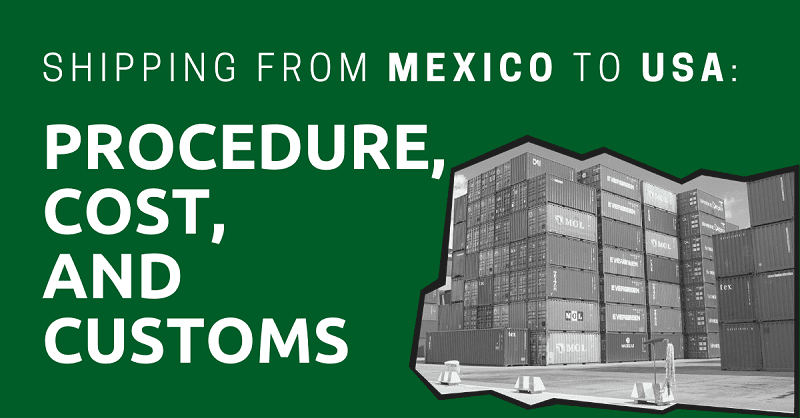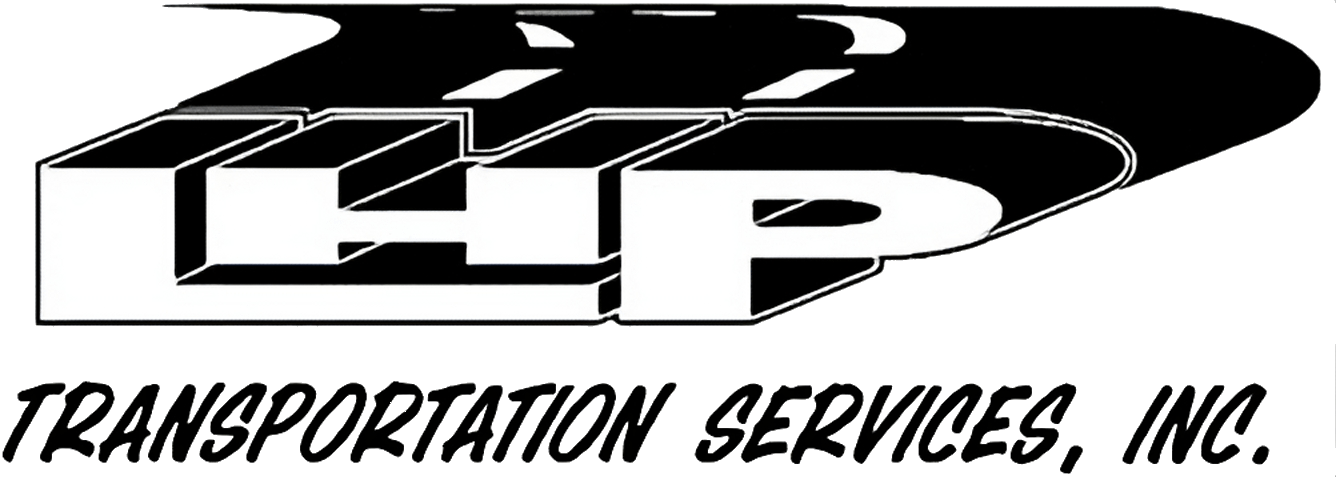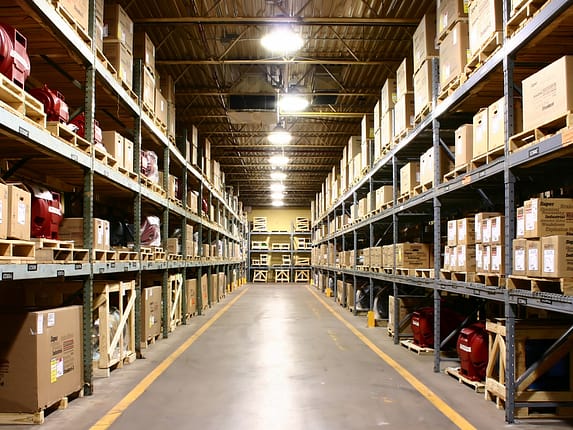
Streamlining Cross-Border Shipping from Mexico to the US: How LHP Transportation Services Can Help
Cross-border Shipping from Mexico to the US and How LHP Transportation Services Can Streamline It
Cross-border shipping from Mexico to the US is a complex process that involves the transportation of goods and freight across the border between these two countries. It is a vital aspect of international trade, and many businesses rely on efficient and streamlined shipping services to ensure the smooth movement of goods.
1. What is cross-border shipping from Mexico to the US?
Cross-border shipping from Mexico to the US refers to the transportation of goods and freight across the border between these two countries. Mexico is one of the United States’ largest trading partners, with over $600 billion worth of goods crossing the border annually. This type of shipping involves navigating various logistical and regulatory challenges to ensure smooth and efficient delivery of goods.
For example, a manufacturing company in Mexico may need to transport its products to distribution centers or customers in the US. This requires arranging transportation, handling customs clearance, and complying with all the necessary documentation and regulations for exporting goods.
2. What are the challenges and considerations in cross-border shipping?
Cross-border shipping comes with a set of unique challenges and considerations. One of the major challenges is customs clearance, which involves complying with the necessary documentation and regulations for importing goods into the US. It is important to have a customs broker to navigate the complex customs clearance process.
In addition to customs clearance, there are other considerations such as transportation mode, transit times, and cost. Choosing the right transportation mode is crucial to ensure timely and cost-effective delivery. Options include rail, intermodal, and truckload shipping. Each mode has its advantages and should be selected based on factors such as the type of goods being transported, speed requirements, and cost considerations.
For instance, if a company needs to transport perishable goods that require temperature-controlled conditions, they may opt for truckload shipping to ensure direct delivery and faster transit times. On the other hand, if the goods can withstand longer transit times and cost-effectiveness is a priority, rail shipping may be a more suitable option.
3. How does LHP Transportation Services streamline cross-border shipping?
LHP Transportation Services is a company that specializes in cross-border shipping from Mexico to the US. They streamline the shipping process by providing comprehensive services that address the unique requirements of this type of transportation. They have expertise in customs clearance, ensuring that all necessary documentation is in order and that goods can smoothly cross the border.
Furthermore, LHP Transportation Services offers a variety of transportation options, including rail, intermodal, and truckload shipping. This allows them to tailor the transportation solution to the specific needs of their clients, considering factors such as speed, cost, and the nature of the goods being transported.
For example, LHP Transportation Services may work with a manufacturing company in Mexico to transport their goods to various distribution centers in the US. They would handle all aspects of the shipping process, including customs clearance, transportation planning, and coordination, and documentation management. By providing these comprehensive services, LHP Transportation Services ensures that the shipping process is efficient, cost-effective, and hassle-free for their clients.
4. What services does LHP Transportation Services offer for cross-border shipping?
LHP Transportation Services offers a range of services to streamline cross-border shipping. These services include customs clearance assistance, transportation planning and coordination, freight tracking, and documentation management. They work closely with their clients to understand their specific shipping needs and provide customized solutions.
In addition, LHP Transportation Services offers a diverse fleet of freight transport modes, including FTL (Full Truckload), LTL (Less Than Truckload), flatbeds, and temperature-controlled options. This allows them to accommodate various types of cargo and ensure that goods are transported in the most efficient and secure manner.
For instance, if a company needs to transport a large volume of goods, LHP Transportation Services can provide a full truckload option to ensure direct delivery and maximize efficiency. On the other hand, if the shipment is smaller or requires specialized handling, they can offer less than truckload or temperature-controlled options to meet the specific requirements of the goods.
5. What are the benefits of using LHP Transportation Services for cross-border shipping?
Using LHP Transportation Services for cross-border shipping offers several benefits. Firstly, their expertise in customs clearance ensures a smooth and efficient process, reducing delays and potential issues at the border. Their comprehensive transportation solutions, including various modes of shipping, allow for flexibility and tailored solutions to meet specific client needs.
Furthermore, LHP Transportation Services’ extensive network and experience in logistics enable them to optimize transportation routes, reduce costs, and enhance supply chain visibility. By leveraging their industry expertise and technology, they can provide real-time tracking and monitoring of shipments, ensuring that clients have visibility into the status and location of their goods throughout the shipping process.
For example, a company that partners with LHP Transportation Services can benefit from faster transit times, reduced costs, and enhanced supply chain visibility. They can track their shipments in real-time using LHP’s web-based monitoring tool, which provides information on the location, condition, and security of the goods. This level of visibility allows businesses to make informed decisions and ensure the efficient management of their cross-border shipping operations.
6. How important is customs clearance in cross-border shipping?
Customs clearance is a critical aspect of cross-border shipping. It involves complying with the necessary documentation and regulations required for importing goods into the US. Failure to properly handle customs clearance can result in delays, penalties, and even the seizure of goods.
Having a knowledgeable customs broker, such as the one provided by LHP Transportation Services, is crucial for ensuring smooth customs clearance. They can navigate the complex process, handle the required documentation, and ensure compliance with all relevant regulations.
Proper customs clearance is essential for businesses engaged in cross-border shipping as it allows for the efficient movement of goods across international borders. It ensures that all necessary documentation is in order, tariffs and duties are paid, and any regulatory requirements are met.
7. What are the advantages of rail, intermodal, and truckload shipping in cross-border logistics?
Rail, intermodal, and truckload shipping are three common transportation modes used in cross-border logistics. Each mode offers its own advantages.
Rail shipping is often more cost-effective for long-distance transportation and can handle large volumes of goods. It is particularly suitable for businesses that need to transport a significant amount of cargo over long distances, such as bulk commodities or heavy machinery. Rail shipping also offers the advantage of being environmentally friendly, as it produces fewer emissions compared to other transportation modes.
Intermodal shipping combines the benefits of both rail and truck transportation, allowing for more flexibility and cost savings. It involves using containers that can be seamlessly transferred from rail to truck, enabling goods to be transported efficiently from the point of origin to the final destination. Intermodal shipping is commonly used for transporting consumer goods, electronics, and other high-value products.
Truckload shipping provides the advantage of faster transit times and direct delivery to the destination. It is well-suited for time-sensitive shipments that require quick delivery. Truckload shipping offers the flexibility to transport goods to various locations, making it an ideal choice for businesses with multiple distribution centers or customers.
The choice of transportation mode depends on factors such as the nature of the goods, speed requirements, cost considerations, and the specific logistics needs of the shipment. LHP Transportation Services offers all three transportation modes, allowing businesses to select the most appropriate option for their specific requirements.
8. How much freight is hauled via truckload in cross-border shipping?
Truckload shipping plays a significant role in cross-border shipping, with approximately 83% of cross-border freight being hauled via truckload. This mode of transportation offers flexibility, direct delivery, and faster transit times, making it a popular choice for many businesses.
For example, a company that needs to transport perishable goods from Mexico to the US may opt for truckload shipping to ensure quick delivery and minimize the risk of spoilage. Truckload shipping allows for direct transportation without the need for transloading or additional handling, reducing the chances of damage or delays.
9. How many trucks cross the Mexico-U.S. border daily?
On average, nearly 35,000 trucks cross the Mexico-U.S. border every day. This highlights the volume of cross-border trade and the importance of efficient transportation services to facilitate the movement of goods.
The high number of trucks crossing the border daily underscores the need for streamlined processes and efficient logistics solutions. Companies like LHP Transportation Services play a crucial role in ensuring that goods can be transported smoothly and without unnecessary delays.
10. What are the common mistakes to avoid in cross-border shipping from Mexico?
There are several common mistakes to avoid in cross-border shipping from Mexico. These mistakes can lead to delays, additional costs, and potential issues with customs authorities. By being aware of these common pitfalls, businesses can take proactive measures to ensure smooth and efficient cross-border shipping operations.
One common mistake is waiting too long to establish a customs broker. It is important to engage a customs broker early on in the shipping process to ensure that all necessary paperwork and documentation are in order. A customs broker can provide guidance on the specific requirements for importing goods into the US and help navigate the complex customs clearance process.
Another mistake to avoid is providing mismatched information on commercial invoices and bills of lading (BOLs). Consistency and accuracy in documentation are crucial to ensure smooth customs clearance. Mismatched information can lead to delays or rejections at the border. Businesses should double-check all documentation to ensure that the information provided is accurate and consistent.
Underestimating transit time is another common mistake in cross-border shipping. It is important to consider the time required for customs clearance, border inspections, and potential delays when planning shipments. By allowing for sufficient transit time, businesses can avoid rushing the shipping process and ensure that goods arrive at their destination on time.
In conclusion, cross-border shipping from Mexico to the US presents unique challenges and considerations. LHP Transportation Services offers streamlined solutions by providing comprehensive services, expertise in customs clearance, and a range of transportation options. Their focus on efficiency, customer service, and logistics expertise makes them a valuable partner for businesses involved in cross-border trade. By leveraging the services of LHP Transportation Services, companies can navigate the complexities of cross-border shipping and ensure the smooth and efficient movement of goods across international borders.




